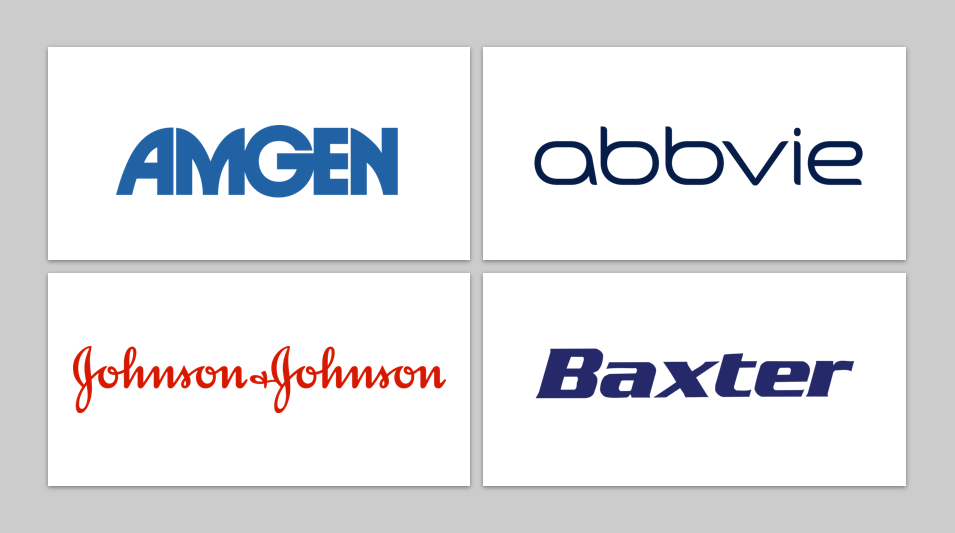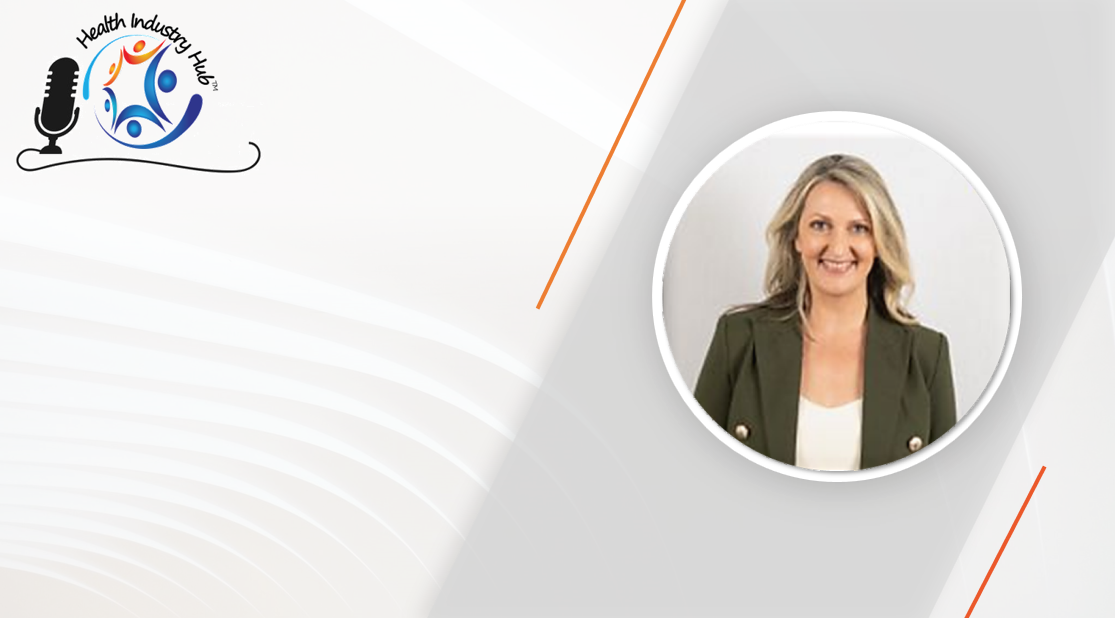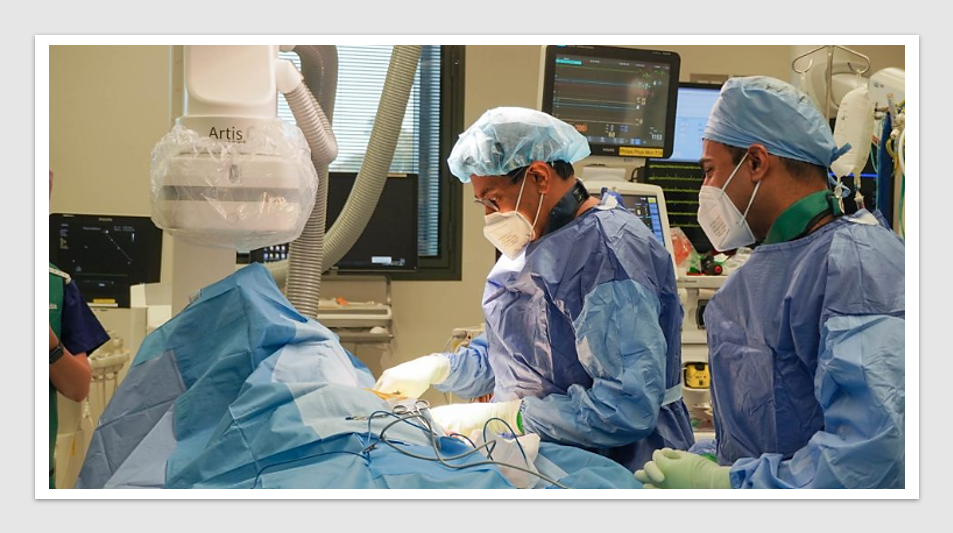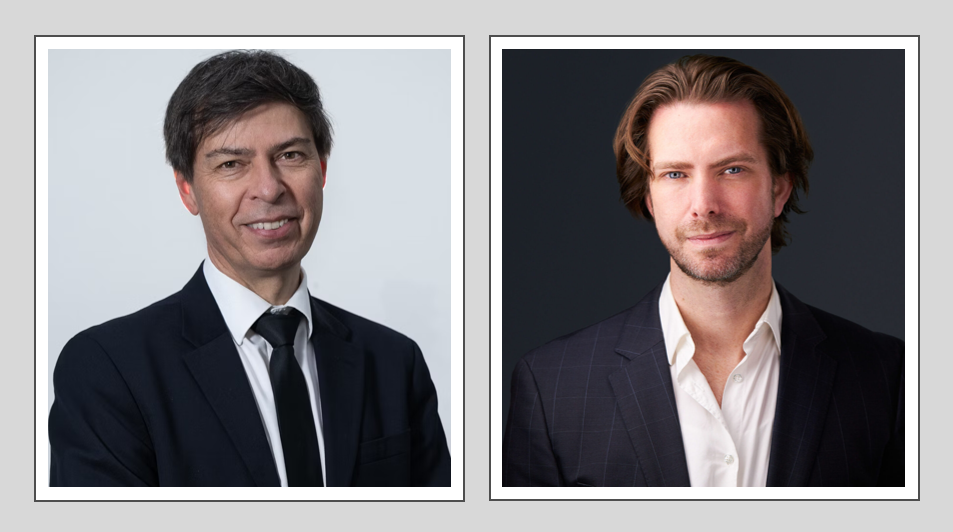Human Resources
Moving beyond a ‘naming and shaming’ game: Launch of the new gender pay gap report

Human Resources: Under the recently enacted Workplace Gender Equality Amendment Act 2023, the Workplace Gender Equality Agency (WGEA) is set to unveil the inaugural employer gender pay gap report for private businesses boasting over 100 employees on 27 February, 2024. This release will cover the reporting period from April 1, 2022, to March 31, 2023, ushering in a new era of accountability for gender pay disparities.
The looming data release has stirred a mix of anticipation and unease within the healthcare industry, prompting leaders in the pharmaceutical and medical technology sectors, including AbbVie, Baxter, Amgen and Johnson and Johnson, to address the significance of the impending disclosure. Amid concerns that the data release may be viewed as a mere naming and shaming exercise, industry leaders emphasise the broader goal of inspiring meaningful change.
According to WGEA, the gender pay gap* is 21.7%, which means on average, for every $1 men earn in Australia, women earn 78 cents.
Senator Katy Gallagher, Minister for Women expressed the shared sentiment that the projected timeline to close the gender pay gap is unacceptable. She stated, “Everyone’s in agreement that 25 years is too long, and we want to see it significantly reduced.”
A key lever in narrowing the gender pay gap, according to WGEA, is increasing representation of women in management roles and the upper pay quartiles. However, challenges persist as deviations from the norm are not consistently supported.
Mary Wooldridge, CEO of WGEA, stated “What we are seeing is that women working in full-time roles have opportunities to progress into higher-paying management roles and contribute to reducing the gender pay gap. However, management opportunities for part-time employees are negligible; the number of men taking paid primary carer parental leave has barely shifted; and the number of women in CEO roles and on boards has stagnated.
“If we want real change, we need employers to take bold action. We need employers to look across the drivers of gender inequality and be imaginative in their solutions.”
The Pharma Australia Inclusion Group (PAIG) co-chairs, Jennifer Jones Head of HR Oceania, Takeda and Prajni Sadananda, Head of Strategy and Operational Excellence at Biogen, endorsed the reforms as a catalyst for conversation, inquiry, and action to accelerate gender equality in workplaces.
“In order to empower our members, we recently organised an online event in collaboration with WGEA who provided valuable insights on the legislation and the process of reporting. They shed light on the implications of these changes on the journey towards achieving gender equity,” they told Health Industry Hub.
AbbVie ANZ’s VP and General Manager, Nathalie McNeil, underscored the company’s commitment to closing the gender pay gap, evident in the consistent WGEA recognition as an Employer of Choice for Gender Equality (EOCGE).
“AbbVie has proactively chosen to publish our pay gap each year well before the WGEA requirement to do so as we believe transparency is a vital step forward. We continue to take steps to eliminate the gap including regular pay equity analyses, improving promotion pathways that help shepherd women in junior roles all the way through to leadership, promoting flexibility for all, offering attractive parental leave policies, providing inclusion and anti-bias training; as well as upholding strong anti-discrimination policies.
“Transparency is important to closing the pay gap because it ultimately helps put gender equality on the agenda. Transparency of the pay gap presents a real opportunity for more organisations to put practices in place to help make societal shifts so that unconscious bias doesn’t sneak in whenever there are differences such as gender, race, religion and disability,” emphasised Ms McNeil.
The Director of Human Resources at Baxter Healthcare ANZ, Alex Bewg, said “As an Employer of Choice for Gender Equality, as cited by the WGEA for eight consecutive years, and an Inclusive Employer as recognised by the Diversity Council of Australia, Baxter is using it’s gender pay gap data to implement data driven strategies to ensure fair compensation and advancement opportunities for all members of our diverse workforce.”
With a median gender pay gap that is significantly below industry norms, Gabi Mittas, General Manager of Amgen ANZ, said “We strive to deliver programs, policies and procedures that prevent the unfair treatment of both men and women, and this includes our approach to remuneration.
“As a science-based company, we believe the collation and publication of robust data on employer gender pay gaps is an important step forward and will improve workplace gender equality over time. We acknowledge that attracting diverse, capable and committed people is a crucial part of our ability to innovate and ultimately serve patients and therefore seek to ensure our work environment fosters inclusion and respect for all.”
Johnson & Johnson, recognised as an Employer of Choice for Gender Equality, reiterated its commitment to improving the gender pay gap through regular policy updates and internal reviews.
“In the past 12 months alone, we have carried out an internal pay equity review to drive ongoing strategy, enhanced leave offerings, and removed the 12-month tenure requirement for eligibility for paid parental leave. Sharing diversity & inclusion data is of great benefit to organisations – it holds us to account and challenges us to strive for improvement in order to be more competitive and more successful,” a spokesperson for J&J MedTech told Health Industry Hub.
Matt Bain, General Manager ANZ at Baxter Kidney Care, emphasised the commitment to gender equality as a top priority for the newly formed company, a spin off from Baxter Healthcare.
“As an organisation focused on building a brand and culture for a new company, our Kidney Care business has placed gender equality as a top priority. That includes an ongoing commitment to the tangible policies and practices developed at Baxter as a WGEA top company for gender equality, and an appreciation of the value pay equity brings to an organisation and to our society.
“Making public the progress, achievements and shortfalls of companies is part of the journey towards gender equality. We challenge ourselves to go beyond equality by listening, learning, and growing together for a better future. Every organisation is at a different stage in that journey, so it’s important we connect and support across our industry to accelerate change. As patient health is personal; so is equity for our people,” he stated.
Employer gender pay gaps will be accessible on WGEA’s Data Explorer, providing a comprehensive view for stakeholders.
“This WGEA Scorecard is a starting point for employers to assess their performance on the national scale relative to their industry peers and identify where there is room for improvement,” highlighted Ms Wooldridge.
 In reimagining healthcare across the entire patient journey, Health Industry HubTM is the only one-stop-hub bringing the diversity of Pharma, MedTech, Diagnostics & Biotech sectors together to inspire meaningful change.
In reimagining healthcare across the entire patient journey, Health Industry HubTM is the only one-stop-hub bringing the diversity of Pharma, MedTech, Diagnostics & Biotech sectors together to inspire meaningful change.
The content on Health Industry Hub is copyright protected and should only be accessed under individual user licenses. To subscribe, please click here and visit T&Cs here.
*’Pay equity’ and ‘gender pay gap,’ while they are often used interchangeably, they are not the same. Pay equity considers various factors such as job function, level, qualifications, performance, hours worked, and experience, ensuring fair compensation for similar work. On the other hand, ‘gender pay gap’ solely measures the average pay difference between all men and all women across an organisation, irrespective of position.
Human Resources

Medtronic HR Director deep dives into shifting workplaces and leadership trends: International HR Day
People & Culture: Coinciding with International HR Day, Karen Newell, Senior HR Director for ANZ at Medtronic, joined Health Industry […]
MoreNews & Trends - MedTech & Diagnostics

Aussie medtech reveals new data on next-gen pulsed field ablation system for atrial fibrillation
MedTech & Diagnostics News: An Australian-based medtech company announced promising results from the first-in-human study for its pulsed field ablation […]
MoreNews & Trends - MedTech & Diagnostics

Federal budget delivers ‘mixed news’ for radiologists
MedTech & Diagnostics News: The Royal College of Australian and New Zealand Radiologists (RANZCR) and the Interventional Radiology Society of […]
MoreNews & Trends - Pharmaceuticals

AstraZeneca, BMS and Noxopharm address findings of inquiry report into rare cancers
Pharma News: The Senate Community Affairs References Committee has released its inquiry report into Equitable access to diagnosis and treatment […]
More